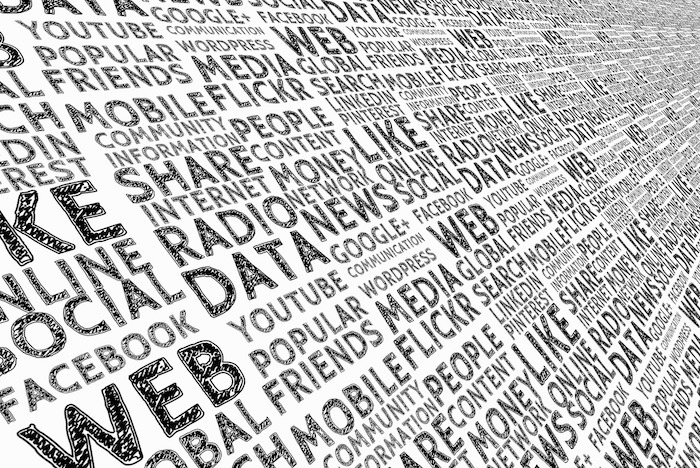Book Pricing Strategies
Book publishers need to consider the market, their costs, and the perceived value of the book before arriving at a retail price for any title.

The most common advice given to new publishers looking for retail pricing tips is that a book should be priced between six and eight times the cost of producing it. With new technologies and printing methods producing wildly different production costs, however, this answer no longer seems adequate.
How should you price your next book? There are a number of things you should take into consideration.
Market Analysis
Take a look your competition. Make a list of books in your genre, including the price, number of pages, and any advantages or disadvantages your title has compared to each. Your title should be favorably priced compared to similar books with similar page counts, unless you've got a distinct advantage (i.e., a famous author or a glowing endorsement from someone highly respected in the genre or topic.)
Amazon.com is a great place to do this research. Check Amazon's site for page count, year of publication (new titles can have a big advantage in some genres - especially those where technology has a significant impact), price and sales rank to see how well similar books are selling. By studying that information, you can make educated guesses about what factors influence your customers when making their purchase.
Value Analysis
What is your book worth to those who will buy it? How badly do they need or want it?
Some businesses pay thousands of dollars for slim research reports. Students will pay well over $100 for some textbooks. Why? The businessman gets the information he needs without spending weeks of his own valuable time researching. The student expects that buying and using the textbooks will eventually help him get a degree and a good paying job.
While neither the business person or the student particularly enjoys paying high prices for their information, the information products they buy have a high maximum perceived value to them.
Cost-Plus
Finally, we come back to the simple equation of eight times your cost. Take out your calculator and determine your costs for production, editorial, design, printing and promotion for this particular title. Divide that number by the quantity of your first print run, then multiply by eight. The result should be close to the absolute minimum you can charge for the book and still make a profit.
Compare the number you get with the chart you made when doing your market analysis. Will your price be competitive given the advantages and disadvantages you noted? If not, consider increasing the size of your print run, dropping any full colour pages you might have planned on, using a less expensive paper, or changing the cover stock, binding or finish to something less costly.
If you plan on selling the majority of your books through non-traditional channels, you may have more leeway when it comes to cost-plus pricing strategies. If you plan on selling primarily through bookstores, you'll need the cushion to cover the discounts trade channels expect (65% discount for distributors, 55% for wholesalers, and 40% for bookstores).
If there are no corners you can cut, and you don't think you'll be able to sell more than your planned print run, and your book is still several dollars more than similar books in the same category, you should reconsider your decision to publish the book.
Read These Next
How to Get a Children's Book Published
Do you have a childrens book inside you waiting to get out? Have you written one and need to find a publisher? Here’s what you need to know!
Booklets, Another Way to Sell Your Books
Consider turning your non-fiction book into a booklet outlining important concepts as a gateway to your full book.
Media Coaching is Critical to Book Marketing and Book Publicity
Landing an interview is great, but authors must keep sight of the goal, which is not to get interviewed but to sell books. The skills needed to generate sales from interviews are best obtained through media coaching or media training.







 Self-Publish Your Novel Made Easy
Self-Publish Your Novel Made Easy Self-Publish Your Novel: Lessons from an Indie Publishing Success Story
Self-Publish Your Novel: Lessons from an Indie Publishing Success Story How to Publish Your Novel: A Complete Guide to Making the Right Publisher Say Yes (Square 1 Writers Guides)
How to Publish Your Novel: A Complete Guide to Making the Right Publisher Say Yes (Square 1 Writers Guides) Self-Publish Your Novel Without Breaking the Bank!: A Step-By-Step Guide
Self-Publish Your Novel Without Breaking the Bank!: A Step-By-Step Guide Write, Publish, Promote your Novel with Amy & Ellie
Write, Publish, Promote your Novel with Amy & Ellie How to Self-Publish Your Book: A Complete Guide to Writing, Editing, Marketing & Selling Your Own Book
How to Self-Publish Your Book: A Complete Guide to Writing, Editing, Marketing & Selling Your Own Book How to Write, Publish, and Advertise Your Novel
How to Write, Publish, and Advertise Your Novel How to Write and Self-Publish Your First Novel: Writing For Success
How to Write and Self-Publish Your First Novel: Writing For Success How to Write, Publish, and Market your Novel: a Brief No-Nonsense Guide
How to Write, Publish, and Market your Novel: a Brief No-Nonsense Guide Write & Publish Your Novel
Write & Publish Your Novel